Microeconomic Analysis: Elasticity of Demand and Related Concepts
VerifiedAdded on 2022/08/15
|5
|911
|14
Homework Assignment
AI Summary
This economics assignment delves into the concept of elasticity, a fundamental principle in economics that measures the responsiveness of consumers and producers to changes in various factors. The assignment explores three key types of elasticity: elasticity of demand, income elasticity of demand, and cross elasticity. Elasticity of demand examines how changes in price affect the quantity demanded, providing crucial insights for producers' pricing decisions and the impact of taxes. Income elasticity of demand assesses how changes in income levels influence product demand, allowing both consumers and producers to anticipate shifts in demand based on economic conditions and categorize goods as normal or inferior. Cross elasticity analyzes the impact of changes in the price of one good on the demand for another, determining if goods are complements or substitutes. The assignment highlights the significance of elasticity in informed economic decision-making by both buyers and sellers, emphasizing its role in efficient resource allocation. The paper uses examples to explain the practical applications of elasticity in real-world scenarios and references relevant academic literature.
1 out of 5
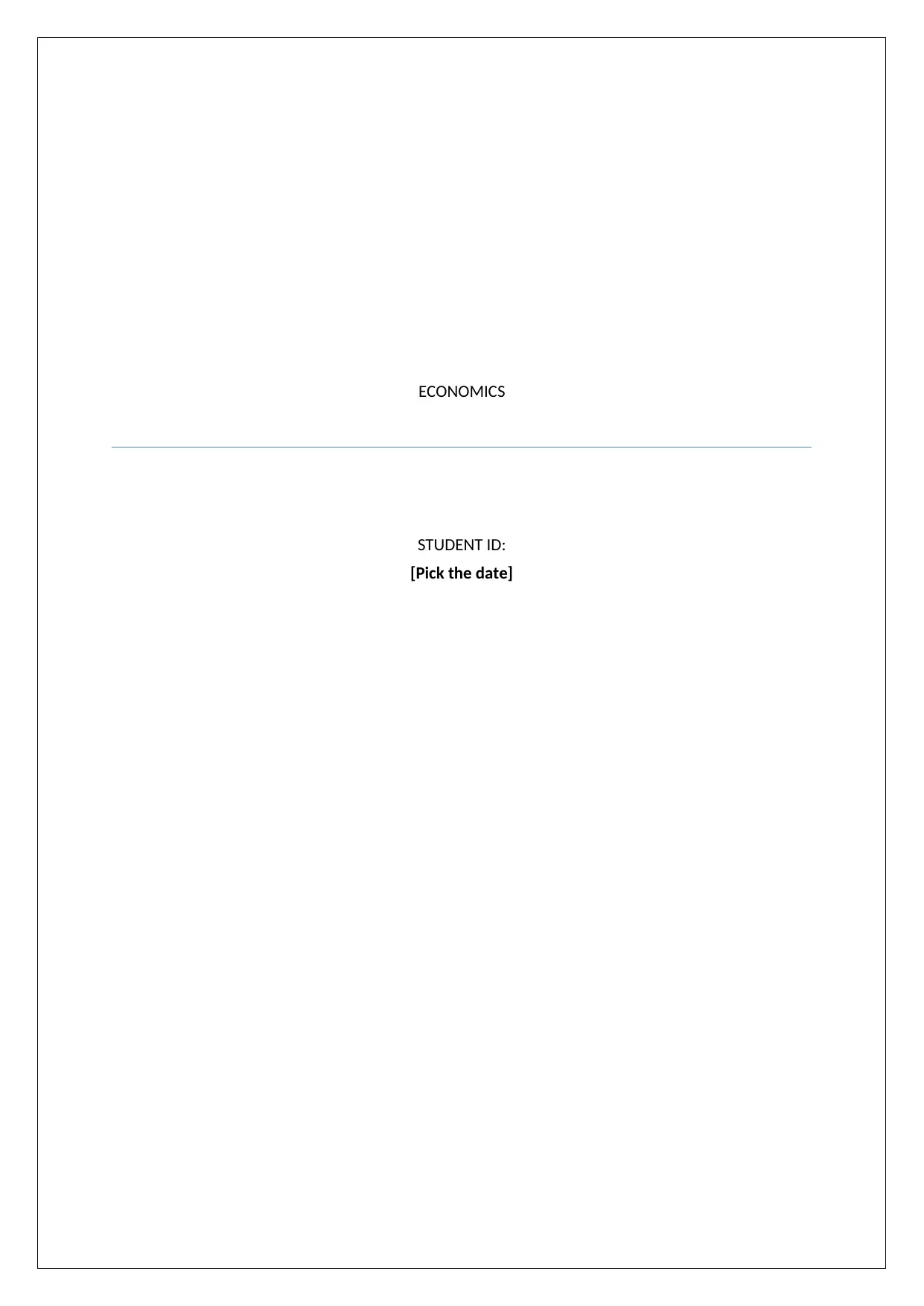
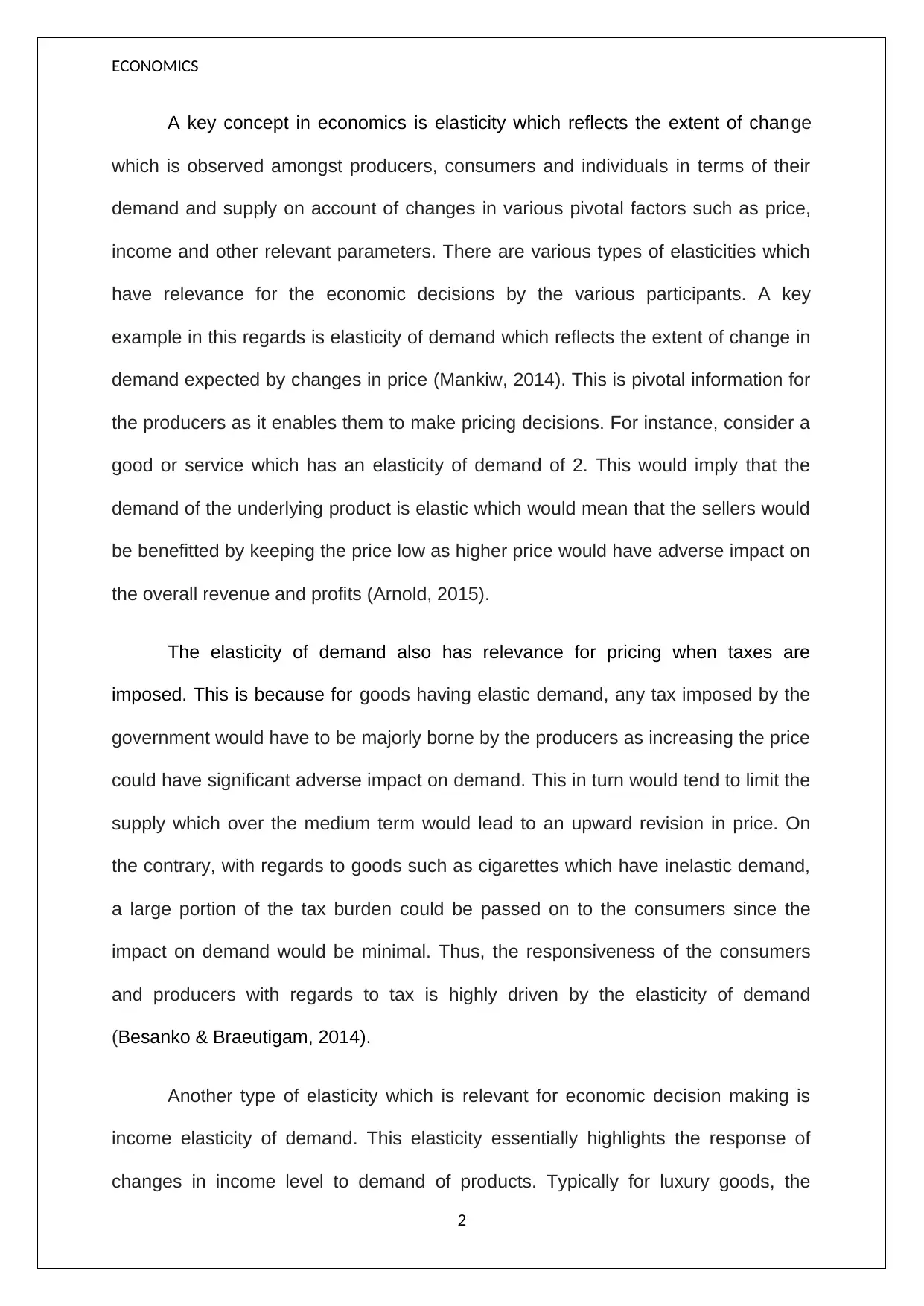
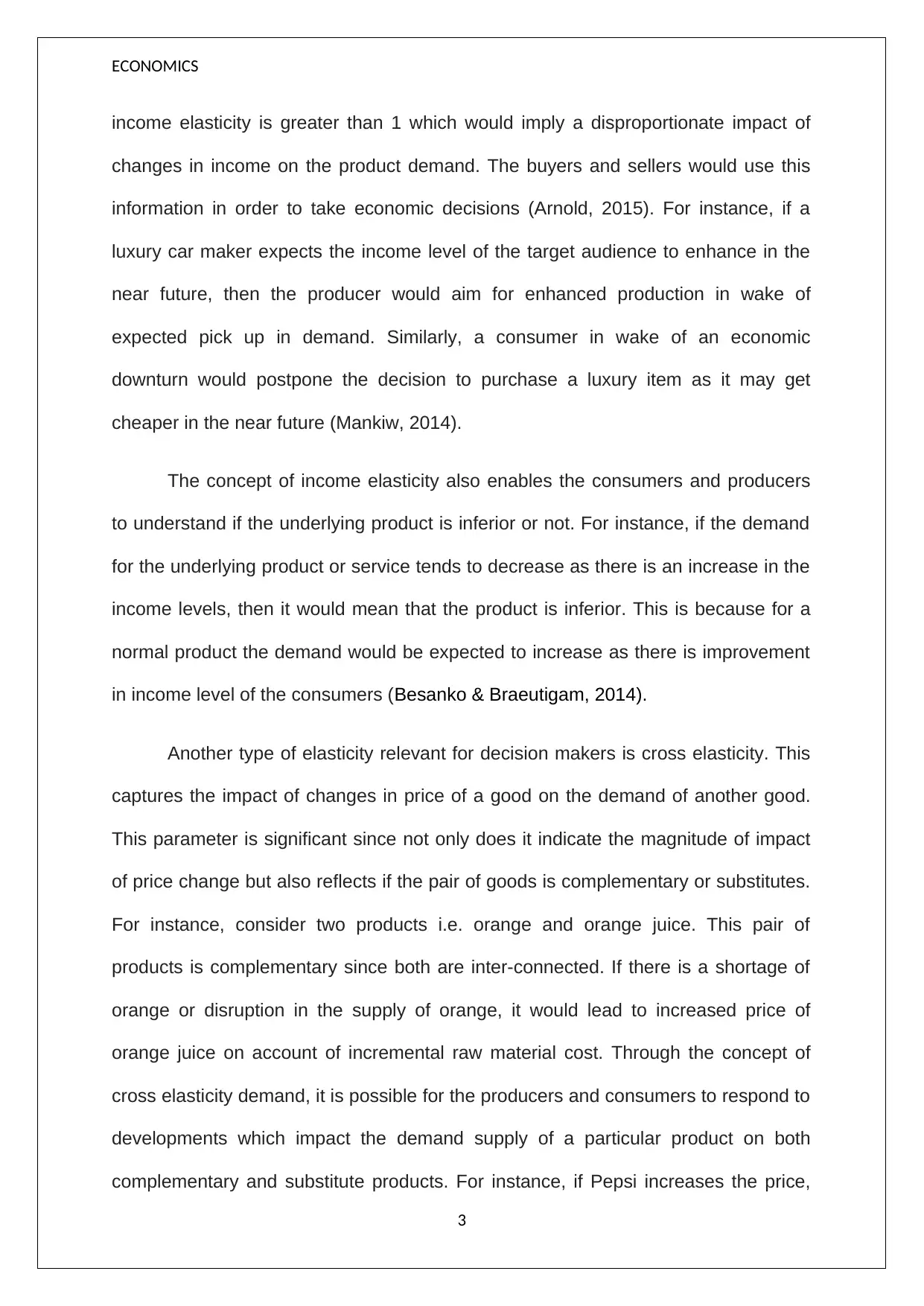

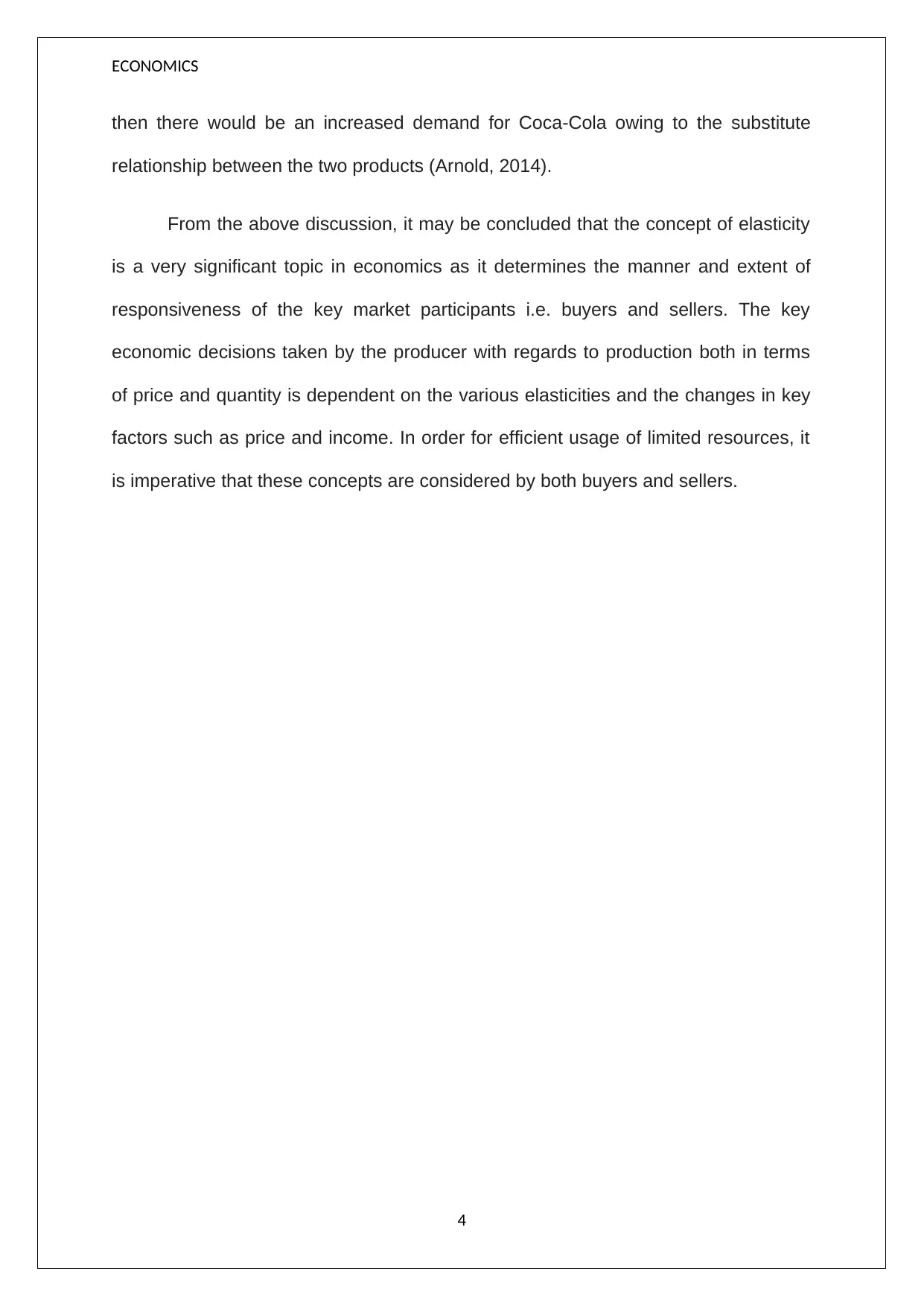
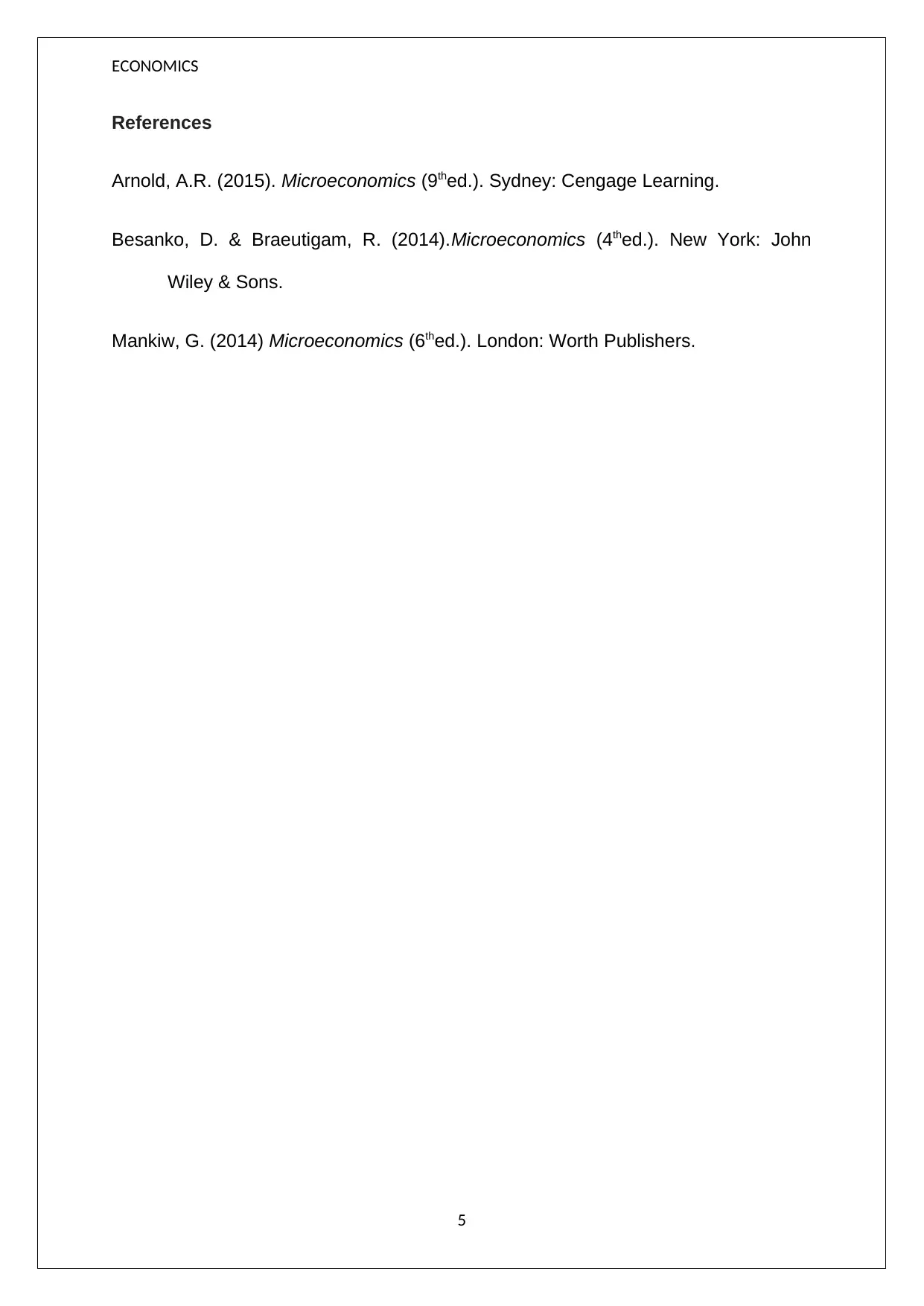






![[object Object]](/_next/static/media/star-bottom.7253800d.svg)